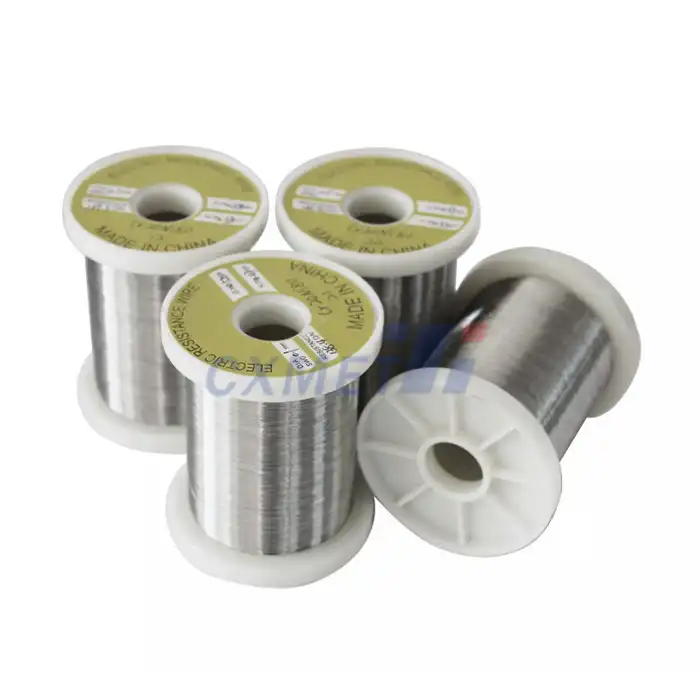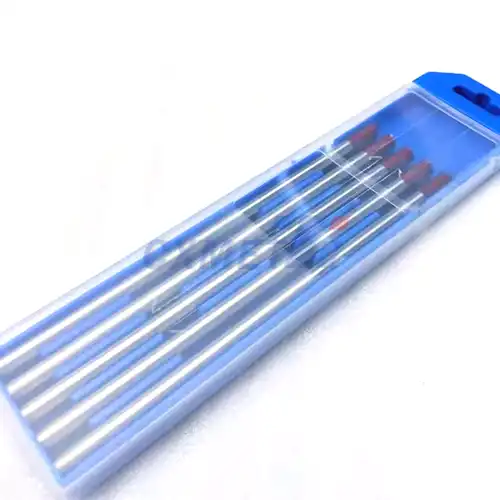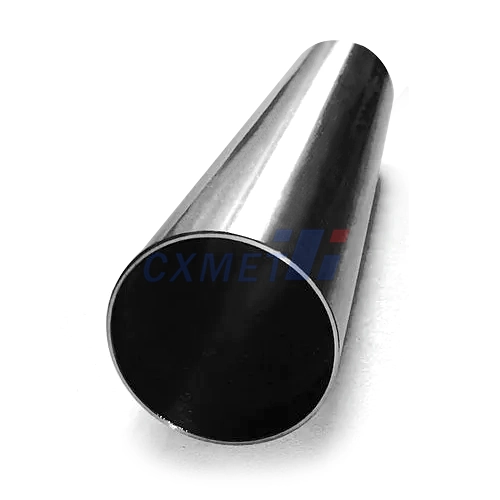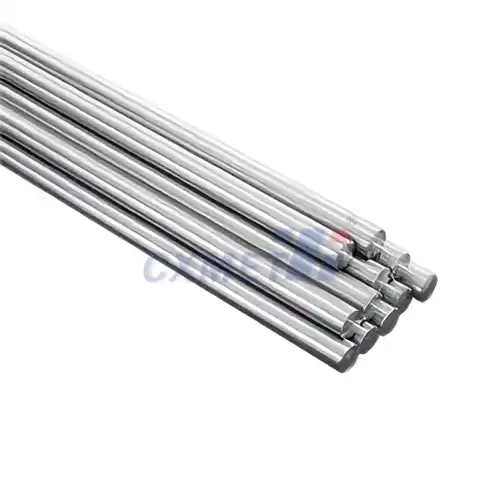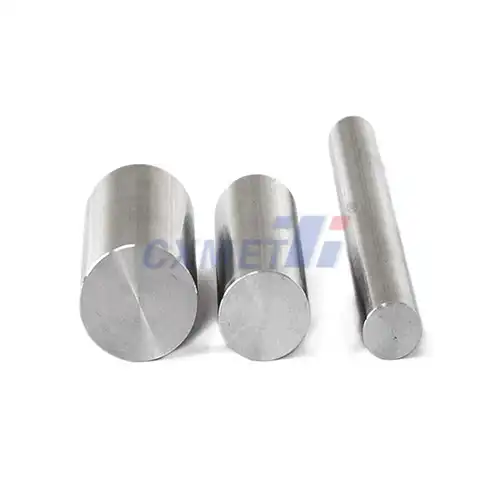- English
- French
- German
- Portuguese
- Spanish
- Russian
- Japanese
- Korean
- Arabic
- Greek
- German
- Turkish
- Italian
- Danish
- Romanian
- Indonesian
- Czech
- Afrikaans
- Swedish
- Polish
- Basque
- Catalan
- Esperanto
- Hindi
- Lao
- Albanian
- Amharic
- Armenian
- Azerbaijani
- Belarusian
- Bengali
- Bosnian
- Bulgarian
- Cebuano
- Chichewa
- Corsican
- Croatian
- Dutch
- Estonian
- Filipino
- Finnish
- Frisian
- Galician
- Georgian
- Gujarati
- Haitian
- Hausa
- Hawaiian
- Hebrew
- Hmong
- Hungarian
- Icelandic
- Igbo
- Javanese
- Kannada
- Kazakh
- Khmer
- Kurdish
- Kyrgyz
- Latin
- Latvian
- Lithuanian
- Luxembou..
- Macedonian
- Malagasy
- Malay
- Malayalam
- Maltese
- Maori
- Marathi
- Mongolian
- Burmese
- Nepali
- Norwegian
- Pashto
- Persian
- Punjabi
- Serbian
- Sesotho
- Sinhala
- Slovak
- Slovenian
- Somali
- Samoan
- Scots Gaelic
- Shona
- Sindhi
- Sundanese
- Swahili
- Tajik
- Tamil
- Telugu
- Thai
- Ukrainian
- Urdu
- Uzbek
- Vietnamese
- Welsh
- Xhosa
- Yiddish
- Yoruba
- Zulu
What are the Typical Specifications for GR2 Titanium Wire?
2024-08-08 17:31:02
Grade 2 (GR2) titanium wire is a popular choice in various industries due to its excellent combination of strength, corrosion resistance, and biocompatibility. Understanding the typical specifications of GR2 titanium wire is crucial for engineers, manufacturers, and researchers working with this versatile material. In this article, we'll explore the key characteristics and specifications of GR2 titanium wire, as well as address some common questions related to its properties and applications.
What are the mechanical properties of GR2 titanium wire?
Grade 2 titanium wire boasts impressive mechanical properties that make it suitable for a wide range of applications. The tensile strength of GR2 titanium wire typically ranges from 345 to 480 MPa (50,000 to 70,000 psi), with a minimum yield strength of 275 MPa (40,000 psi). This combination of strength and ductility allows the wire to withstand significant stress while maintaining its shape and integrity.
The elongation of GR2 titanium wire is another crucial mechanical property, typically ranging from 20% to 30%. This high elongation value contributes to the wire's excellent formability and workability, making it ideal for applications that require bending, coiling, or shaping.
The modulus of elasticity for GR2 titanium wire is approximately 105 GPa (15.2 x 10^6 psi), which is lower than that of steel but higher than aluminum. This property gives the wire a unique balance of stiffness and flexibility, allowing it to absorb energy and resist deformation under load.
The hardness of GR2 titanium wire typically falls between 145 and 170 on the Brinell scale. This moderate hardness contributes to the wire's wear resistance while still allowing for easy machining and forming processes.
It's worth noting that the mechanical properties of GR2 titanium wire can be influenced by factors such as the manufacturing process, heat treatment, and the wire's diameter. For instance, cold-worked wire may exhibit higher strength but lower ductility compared to annealed wire.
The fatigue strength of GR2 titanium wire is also noteworthy, with a fatigue limit of approximately 300 MPa (43,500 psi) for 10^7 cycles. This high fatigue strength makes the wire suitable for applications involving repeated loading and unloading, such as springs or medical implants.
Understanding these mechanical properties is essential for engineers and designers when selecting GR2 titanium wire for specific applications. The combination of strength, ductility, and fatigue resistance makes this material an excellent choice for a variety of industries, including aerospace, marine, chemical processing, and medical technology.
How does the chemical composition affect the performance of GR2 titanium wire?
The chemical composition of GR2 titanium wire plays a crucial role in determining its performance characteristics and overall behavior. The ASTM B348 standard specifies the chemical requirements for Grade 2 titanium, which includes limits on various alloying elements and impurities.
The primary component of GR2 titanium wire is, of course, titanium itself, which typically constitutes 99% or more of the material by weight. The remaining fraction consists of small amounts of other elements, both intentionally added and present as impurities.
Oxygen content in GR2 titanium wire is limited to a maximum of 0.25% by weight. Oxygen acts as an interstitial strengthening element, increasing the strength of the material but potentially reducing its ductility if present in excessive amounts. The controlled oxygen content in GR2 titanium wire helps maintain a balance between strength and formability.
Nitrogen is another interstitial element, limited to 0.03% in GR2 titanium wire. Like oxygen, nitrogen contributes to strengthening but can lead to embrittlement if present in high concentrations. The low nitrogen content in GR2 titanium wire helps preserve its ductility and formability.
Carbon content is restricted to a maximum of 0.08% in GR2 titanium wire. Carbon can form titanium carbides, which can affect the material's mechanical properties and corrosion resistance. The low carbon content helps maintain the wire's excellent corrosion resistance and weldability.
Hydrogen is limited to 0.015% in GR2 titanium wire. Hydrogen can cause embrittlement in titanium alloys, so its content is strictly controlled to ensure the wire's structural integrity and long-term performance.
Iron content is capped at 0.30% for GR2 titanium wire. Iron can contribute to solid solution strengthening but may also form intermetallic compounds that can affect the material's properties. The controlled iron content helps maintain the desired balance of strength and ductility.
Other elements, such as aluminum, vanadium, and molybdenum, are typically present only in trace amounts in GR2 titanium wire. Their combined content is usually limited to 0.40% or less.
The controlled chemical composition of GR2 titanium wire contributes significantly to its excellent corrosion resistance. The formation of a stable, passive oxide layer on the surface of the wire provides protection against various corrosive environments, including saltwater, acids, and oxidizing agents.
The low content of beta-stabilizing elements (such as vanadium or molybdenum) in GR2 titanium wire means that it maintains an alpha crystal structure at room temperature. This alpha structure contributes to the wire's excellent weldability and formability, making it suitable for a wide range of fabrication processes.
Understanding the chemical composition and its effects on GR2 titanium wire's performance is crucial for selecting the appropriate material for specific applications. The carefully controlled elemental makeup ensures that the wire exhibits the desired combination of strength, ductility, corrosion resistance, and weldability that makes it valuable across various industries.
What are the common applications and industries for GR2 titanium wire?
Grade 2 titanium wire finds applications in a diverse range of industries due to its unique combination of properties. Its excellent corrosion resistance, biocompatibility, and favorable strength-to-weight ratio make it a versatile material for various applications.
In the aerospace industry, GR2 titanium wire is used in the manufacturing of fasteners, springs, and other components that require high strength and low weight. The wire's resistance to fatigue and corrosion makes it particularly suitable for applications in aircraft structures and engine components.
The marine industry extensively uses GR2 titanium wire for applications exposed to saltwater environments. It is commonly employed in the fabrication of heat exchangers, pumps, and valves for offshore oil and gas platforms, as well as in shipbuilding for various components that require excellent corrosion resistance.
In the chemical processing industry, GR2 titanium wire is valued for its resistance to a wide range of corrosive chemicals. It is used in the construction of heat exchangers, reaction vessels, and piping systems that handle aggressive chemicals or operate in high-temperature environments.
The medical and dental industries make extensive use of GR2 titanium wire due to its biocompatibility and resistance to body fluids. It is commonly used in the fabrication of surgical implants, dental implants, and orthodontic appliances. The wire's ability to osseointegrate (bond with bone) makes it particularly valuable for long-term implantable devices.
In the automotive industry, GR2 titanium wire finds applications in exhaust systems, suspension springs, and various engine components. Its high strength-to-weight ratio and excellent heat resistance make it an attractive material for performance-oriented applications.
The energy sector, particularly in geothermal and nuclear power plants, utilizes GR2 titanium wire for heat exchangers and other components exposed to corrosive environments or high temperatures. The wire's durability and resistance to stress corrosion cracking make it suitable for these demanding applications.
In the field of additive manufacturing, GR2 titanium wire is used as a feedstock material for wire-based 3D printing processes. This enables the production of complex, custom-designed components for various industries, including aerospace and medical.
The jewelry industry also makes use of GR2 titanium wire, capitalizing on its hypoallergenic properties and unique appearance. The wire is used to create various types of jewelry, including earrings, necklaces, and body piercings.
In the sporting goods industry, GR2 titanium wire is employed in the manufacturing of high-performance equipment such as golf club shafts, bicycle frames, and tennis racket strings. The wire's high strength-to-weight ratio contributes to the development of lightweight yet durable sporting equipment.
The electronics industry uses GR2 titanium wire in the production of certain types of capacitors and in the manufacturing of electrodes for specialized applications. The wire's corrosion resistance and electrical properties make it suitable for these niche electronic applications.
Understanding the wide range of applications for GR2 titanium wire is essential for material engineers and product designers. Its versatility across multiple industries highlights the importance of its unique combination of properties, including strength, corrosion resistance, and biocompatibility.
Conclusion
Grade 2 titanium wire is a versatile and high-performance material with a wide range of applications across various industries. Its typical specifications, including mechanical properties, chemical composition, and diverse applications, make it an invaluable resource for engineers, manufacturers, and researchers. By understanding these specifications, professionals can make informed decisions about utilizing GR2 titanium wire in their specific projects, leveraging its unique combination of strength, corrosion resistance, and biocompatibility to create innovative and durable products.
At SHAANXI CXMET TECHNOLOGY CO., LTD, we take pride in our extensive product range, which caters to diverse customer needs. Our company is equipped with outstanding production and processing capabilities, ensuring the high quality and precision of our products. We are committed to innovation and continuously strive to develop new products, keeping us at the forefront of our industry. With leading technological development capabilities, we are able to adapt and evolve in a rapidly changing market. Furthermore, we offer customized solutions to meet the specific requirements of our clients. If you are interested in our products or wish to learn more about the intricate details of our offerings, please do not hesitate to contact us at sales@cxmet.com. Our team is always ready to assist you.
References:
1. ASTM International. (2020). ASTM B348 - Standard Specification for Titanium and Titanium Alloy Bars and Billets.
2. Lutjering, G., & Williams, J. C. (2007). Titanium (2nd ed.). Springer-Verlag Berlin Heidelberg.
3. Donachie, M. J. (2000). Titanium: A Technical Guide (2nd ed.). ASM International.
4. Leyens, C., & Peters, M. (Eds.). (2003). Titanium and Titanium Alloys: Fundamentals and Applications. Wiley-VCH.
5. Boyer, R., Welsch, G., & Collings, E. W. (Eds.). (1994). Materials Properties Handbook: Titanium Alloys. ASM International.
6. Joshi, V. A. (2006). Titanium Alloys: An Atlas of Structures and Fracture Features. CRC Press.
7. Peters, M., Hemptenmacher, J., Kumpfert, J., & Leyens, C. (2003). Structure and Properties of Titanium and Titanium Alloys. In C. Leyens & M. Peters (Eds.), Titanium and Titanium Alloys: Fundamentals and Applications (pp. 1-36). Wiley-VCH.
8. Rack, H. J., & Qazi, J. I. (2006). Titanium alloys for biomedical applications. Materials Science and Engineering: C, 26(8), 1269-1277.
9. Banerjee, D., & Williams, J. C. (2013). Perspectives on Titanium Science and Technology. Acta Materialia, 61(3), 844-879.
10. Froes, F. H. (Ed.). (2015). Titanium: Physical Metallurgy, Processing, and Applications. ASM International.
